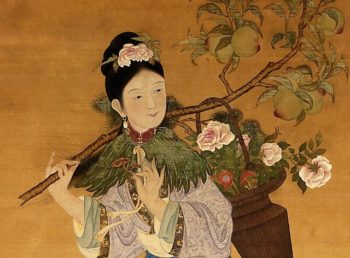Hemp, CBD and Humanity: the early beginnings of a special relationship
Some claim that hemp, which contains CBD, may have been one of the very first plants to be cultivated on a large scale by man. Probably for its many cannabinoids, including THC and CBD.
The American astronomer and astrophysicist Carl Sagan even believed that the cultivation of the cannabis plant had led to the development of modern civilization as we know it.
The earliest evidence of the use of hemp and its cannabinoids, including CBD, dates back to 8,000 BC in Taiwan, where hemp ropes were found in pottery.
Archaeologists have also found traces of hemp fabric in Mesopotamia (now Iran and Iraq) around a similar period.
By 6000 BC, records show that hemp seeds and CBD hemp oil were also being used as a food source in China, and by 4000 BC, textiles made from hemp were also found in the same region.
In 2800 B.C., the Egyptian goddess Sheshat (well known to fans of CBD oil, CBD flowers and CBD resin) was depicted with a hemp leaf above her head, which, let's not forget, contains numerous cannabinoids, including high levels of CBD and THC).
In 2350 BC, the Shu King, an ancient Chinese book, recorded that Chinese soil was full of hemp and therefore CBD.
For the next millennium, evidence of the use of hemp and its CBD is scattered across different cultures, from emperors to shamans, until the CBD plant finds its way into one of the most beloved books ever written: the Gutenberg Bible.
As one of the first books produced with Gutenberg's printing press, the hemp-based book is considered the beginning of popular books printed on hemp and is worth over $25 million.

